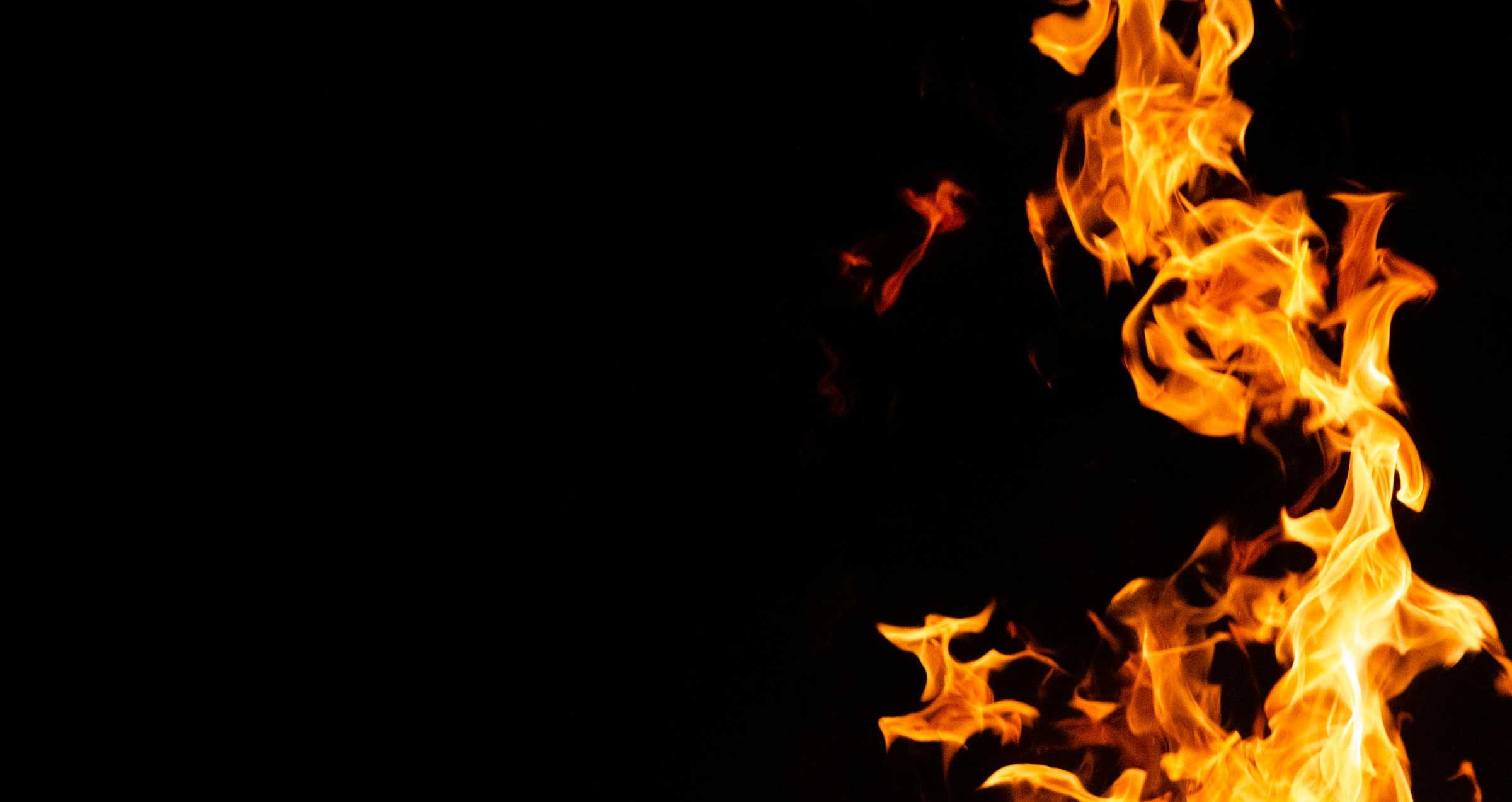
Prescribed Fire Smoke
Compare prescribed fire smoke to wildfire smoke
How hazardous is the smoke produced by prescribed burns?
Ultimately, prescribed fire is a crucial tool that can help prevent devastating, large-scale wildfires. It does expose people to intermittent smoke effects, but the concentration, duration, and toxicity of the smoke are all far less than they are in a wildfire.
Because wildfires are uncontrolled, the smoke and fine particulate matter can come from burning structures, cars, and any other flammable object in addition to vegetation. Non-vegetative materials can release extremely toxic smoke. During a prescribed burn, only dry vegetation is burned, significantly reducing the toxicity of the smoke compared to a wildfire.
How is smoke managed for prescribed fire?
Smoke from prescribed burns does temporarily impact local air quality. Unlike during wildfires, however, smoke emitted from prescribed fires is mostly controllable. While smoke cannot be eliminated entirely, numerous controls work to minimize smoke impacts on communities. When planning a prescribed burn, smoke is modeled to ensure vulnerable areas like hospitals, schools, and nursing homes will experience little to no smoke impacts. A written Burn Plan outlines the best way to light the fire so smoke is lifted and dispersed in the atmosphere. On the day of the burn, protocols are in place to stop burning immediately if weather conditions change or too much smoke is being emitted.
To learn more about protecting yourself from smoke effects and the differences between wildfire and prescribed fire smoke, check out our bilingual Wildfire Smoke Brochure.


